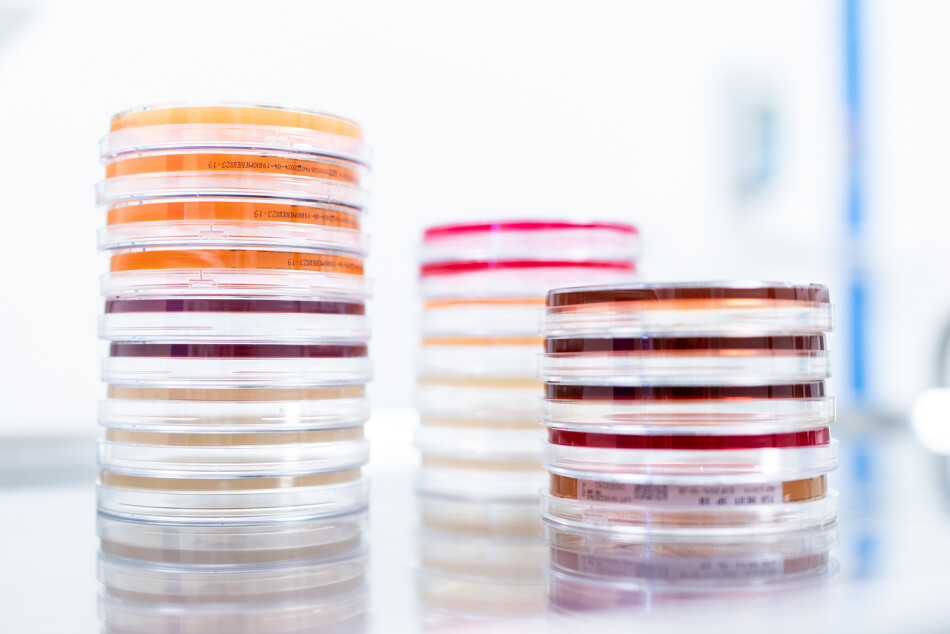Biological tests
according to Pharmacopoeias (PH.EUR. / USP / JP).

Overview of methods:
The test is applied to substances, preparations or articles which, according to the Pharmacopoeia, are required to be sterile. However, a satisfactory result only indicates that no contaminating micro-organism has been found in the sample examined in the conditions of the test.
The tests described hereafter will allow quantitative enumeration of mesophilic bacteria and fungi that may grow under aerobic conditions.
The tests are designed primarily to determine whether a substance or preparation complies with an established specification for microbiological quality. When used for such purposes follow the instructions given below, including the number of samples to be taken, and interpret the results as stated below.
The methods are not applicable to products containing viable micro-organisms as active ingredients.
Alternative microbiological procedures, including automated methods, may be used, provided that their equivalence to the Pharmacopoeia method has been demonstrated.
The tests described hereafter will allow determination of the absence or limited occurrence of specified micro-organisms that may be detected under the conditions described.
The test for bacterial endotoxins (BET) is used to detect or quantify endotoxins from gram-negative bacteria using amoebocyte lysate from the horseshoe crab (Limulus polyphemus or Tachypleus tridentatus). There are 3 techniques for this test: the gel-clot technique, which is based on gel formation; the turbidimetric technique, based on the development of turbidity after cleavage of an endogenous substrate; and the chromogenic technique, based on the development of colour after cleavage of a synthetic peptide-chromogen complex.